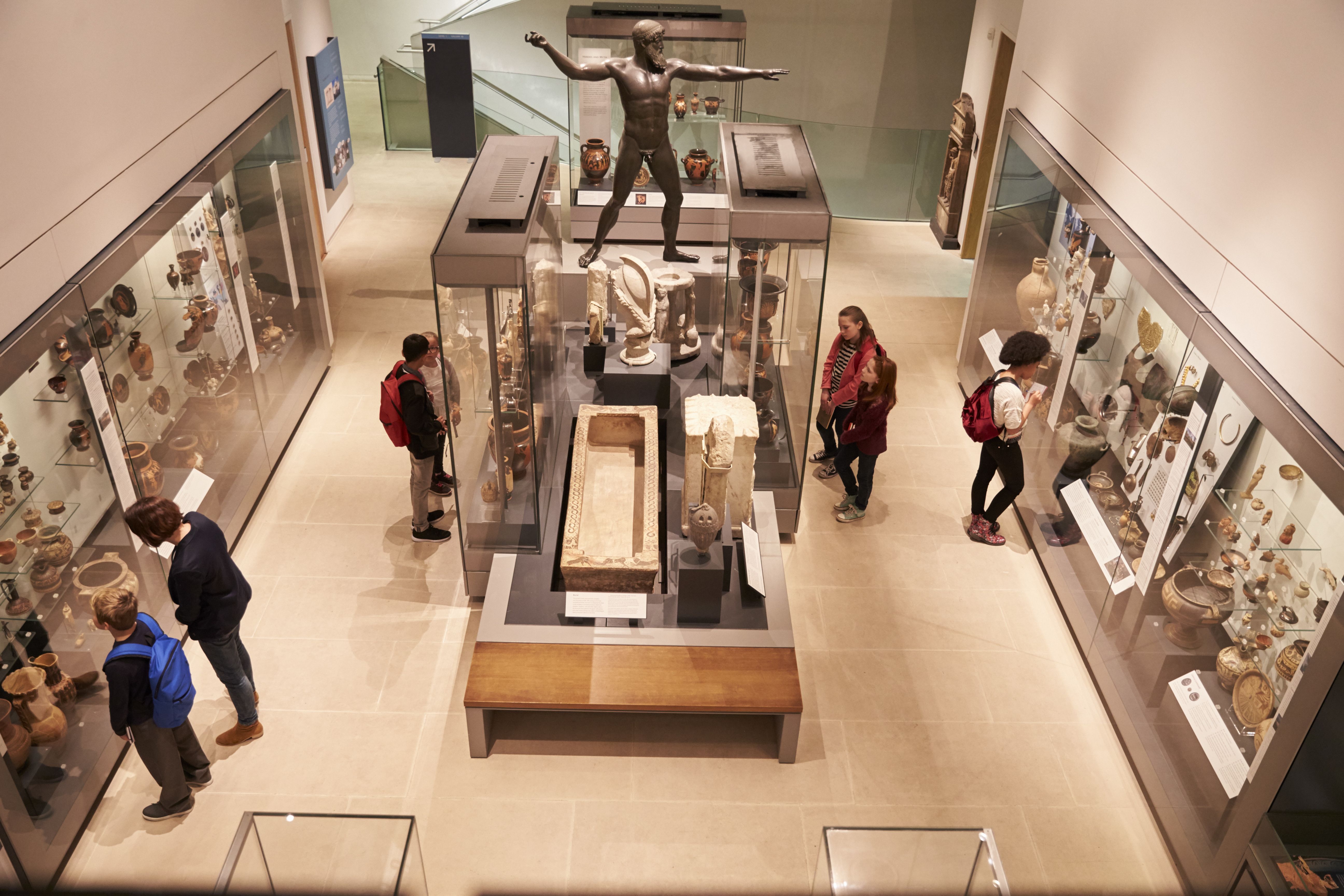Detecting Instability in Historical Glass Artefacts Using Ion Chromatography
The chemical deterioration of historic glass objects on display and in storage in museum collections is a major concern for conservators and curators with the survival of precious historical artefacts in jeopardy.
Photo Credit: stock.adobe.com/ Monkey Business

Chemical changes induced by atmospheric moisture can damage the appearance of the objects, rendering them unfit for display or even worse, result in the complete disintegration of the object. It is estimated that up to 30% of glass collections may consist of unstable objects and therefore the early detection of potential issues is critical for their conservation.
Unfortunately, a straightforward method for the detection of damage does not exist and artefacts are subjected to a physical examination with results that are inconsistent and often inconclusive. This is because of the challenges of attributing physical changes to chemical instability, the timeframe at which those changes occur, and the fact that the deterioration of glass is not always visible to the naked eye, especially in the early stages of the degradation process. Researchers therefore attempted to develop a new method that could quantify damage and risk to identify artefacts in need of conservation intervention (1).
Historic vessel glass generally consists of three main components: a network former, a network modifier and a network stabiliser. The network modifier which was, usually soda or potash, was combined to a network former, such as silica, to lower the melting temperature. This combination would result in a very unstable glass and therefore a third component, typically lime, was added to the glass batch to act as a stabiliser. When melted together, these three components fuse into a viscous liquid, which can be worked into many shapes using a variety of techniques. Additional impurities may also be present through accidental inclusion in the melting process or deliberate inclusion from colourings or decorative elements.
It has been demonstrated that the chemical stability of a glass largely depends on the ratio of the three main glass constituents and that glass deterioration is generally associated with the result of ion exchange processes between the glass and water. In the case of museums this tends to be atmospheric moisture. The result of these exchanges is often a change in appearance with salt accumulating on the glass surface, and the formation of a network of hairline cracks referred to as “crizzling”. This damage can be difficult to undo and the earlier the diagnosis the better.
Currently no straightforward and non-destructive method exists to identify unstable glass before visual changes occur. Furthermore, the precise relationship between glass composition and stability is not fully understood, which prevents clear-cut predictions of unstable historic glass.
Researchers have developed and validated a non-destructive ion-exchange chromatography protocol for the early identification of unstable glass in museum collections, while also developing a non-destructive surface swabbing protocol for sampling. The resulting ion chromatography and swab sampling protocol method produced a good separation and quantitative analysis of components, which confirms swabbing as a suitable sampling method to remove deposited ions. A pilot programme was set up at Rijksmuseum, Amsterdam, The Netherlands, to test the new method in practice and proved successful with efforts on-going to refine the method as an early warning system for glass conservation.
References
- G. Verhaar, M. R. van Bommel, & N. H. Tennent, J. Chroma. A 1627, 461394 (2020).

Characterizing Plant Polysaccharides Using Size-Exclusion Chromatography
April 4th 2025With green chemistry becoming more standardized, Leena Pitkänen of Aalto University analyzed how useful size-exclusion chromatography (SEC) and asymmetric flow field-flow fractionation (AF4) could be in characterizing plant polysaccharides.
Investigating the Protective Effects of Frankincense Oil on Wound Healing with GC–MS
April 2nd 2025Frankincense essential oil is known for its anti-inflammatory, antioxidant, and therapeutic properties. A recent study investigated the protective effects of the oil in an excision wound model in rats, focusing on oxidative stress reduction, inflammatory cytokine modulation, and caspase-3 regulation; chemical composition of the oil was analyzed using gas chromatography–mass spectrometry (GC–MS).












